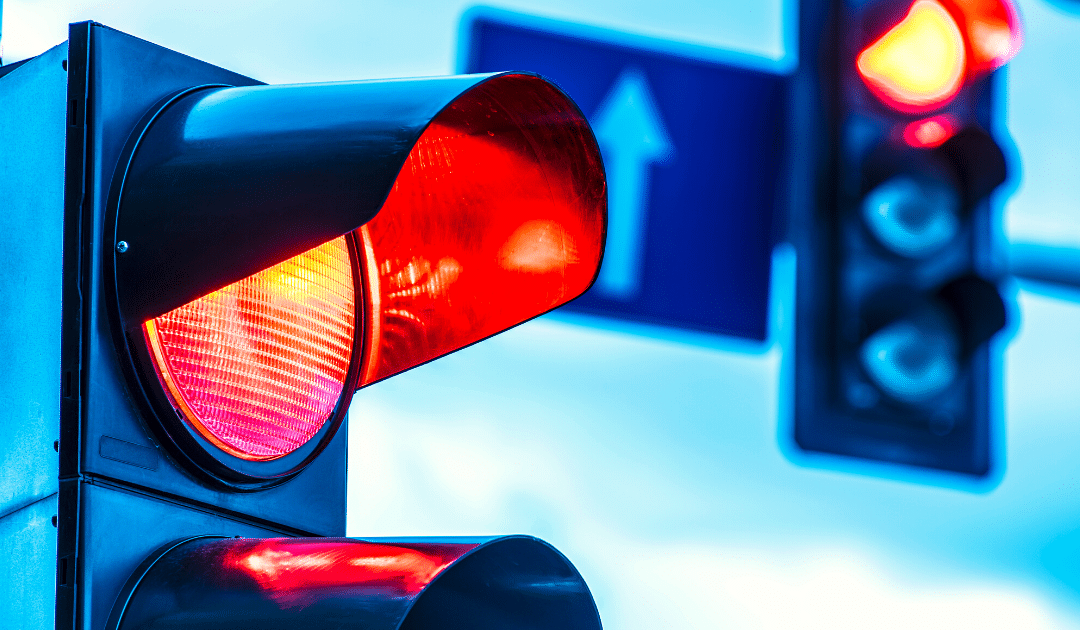While there may be fewer people on the road these days, there is an increase in reckless and dangerous driving, resulting in more accidents — and sadly, fatalities.
Even for the best driver, intersections are some of the most dangerous places on the road. It’s really no surprise, though, given all the commotion concentrated in a small space: vehicles crossing each other’s paths, signals, signs, honking, merging lanes, pedestrians and bicyclists. Add in the all-too-common confusion many drivers experience around right-of-way, and you have a recipe for a fender bender or worse.
By brushing up on the traffic rules for intersections, you can feel more confident in safely maneuvering them. Here are some simple right-of-way reminders, listed by intersection type.
A Four-Way Stop
This is the most common type of intersection, where two roadways cross each other.
-
- Yield to drivers who’ve arrived before you. The first car to arrive always receives the right of way.
- If you arrive at the same time as another driver, the one who’s farthest to the right gets the right of way.
- If three vehicles arrive at the same time, the rule of “right-most has the right of way” still holds, and the car farthest left goes last.
Intersection Without a STOP or YIELD Sign
Known as an “uncontrolled” intersection due to lack of signs or signals, these often trip people up.
-
- Yield to drivers already in the intersection or those who’ve arrived before you.
- If you arrive at the same time as another, the right-most vehicle has the right of way.
A T-junction (Three-Way Intersection)
This is where a minor road dead-ends into a major roadway.
-
- Vehicles on the major road (the through road) always have the right of way.
- If you’re entering from the minor roadway, you must come to a complete stop and yield to drivers on the through road, no matter which way you’ll be turning.
A Traffic Circle
Also called a roundabout, this is an intersection of four or more roadways that converge into a single road that flows in one direction around a center island.
-
- When approaching the circle, always slow and yield to the vehicles in the traffic circle.
- Merge by turning right so that you’re driving around the circle in a counterclockwise direction.
- Turn right to exit the circle when you reach your roadway.
- Do not stop in the roundabout – a steady flow and speed is critical to safety.
U-Turns or Left Turns Onto Two-way Roads
-
- You’re basically last in line: Don’t turn until you yield to oncoming cars, motorcyclists, bicyclists, and pedestrians.
- Keep in mind that both of these turns carry extra risk, so remember safety first, always.
Besides employing the rules above, remember to always slow down and pay attention when approaching intersections. This is a winning combo for smoothly navigating any intersection and getting to where you’re going safely.
This article is furnished by California Casualty, providing auto and home insurance to educators, law enforcement officers, firefighters, and nurses. Get a quote at 1.866.704.8614 or www.calcas.com.
- Graduation – When to Remove Your Child from Your Auto Policy - May 18, 2023
- How to Prevent Catalytic Converter Theft - May 17, 2023
- How Much Does Home Insurance Cost? - May 17, 2023

